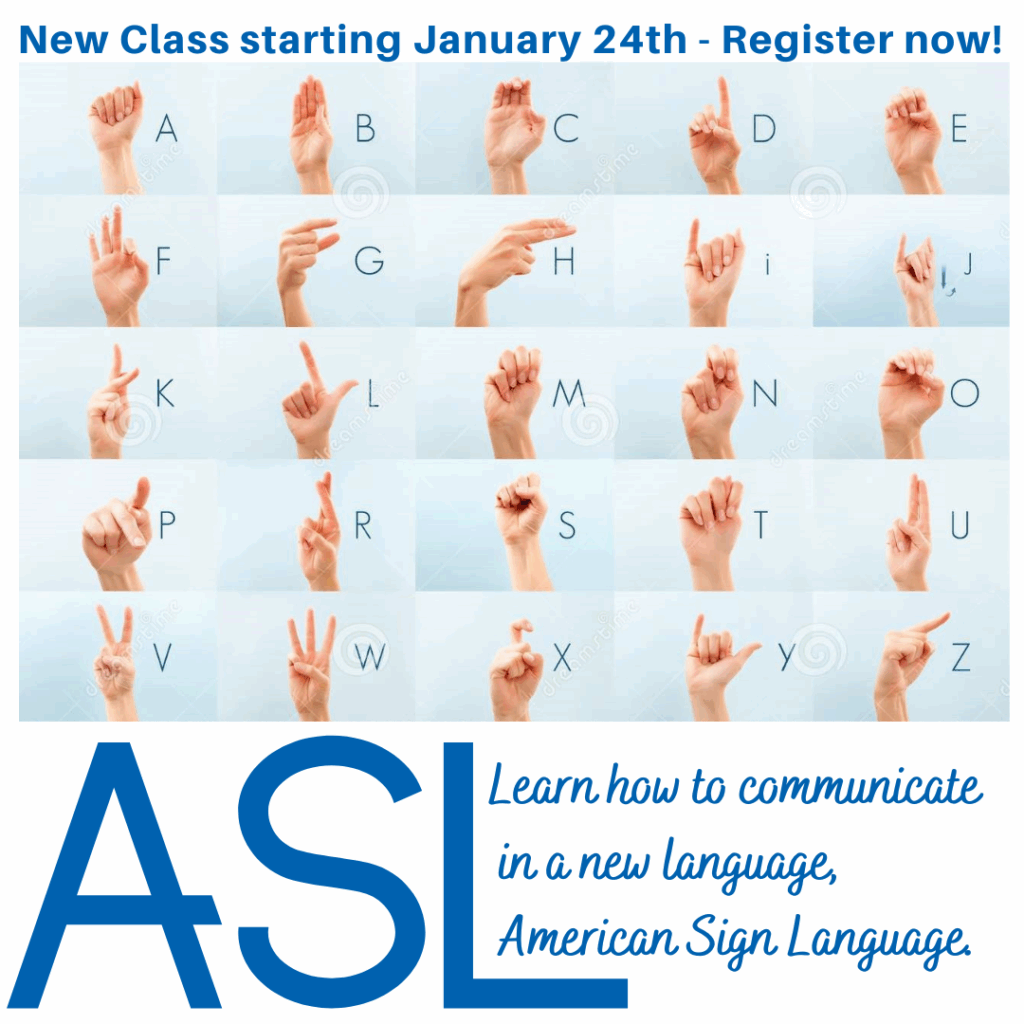Hey there! Ever found yourself in a bustling coffee shop, trying to have a conversation, but the noise just swallows every word? Or perhaps you’ve been curious about that beautiful, expressive language you sometimes see people using with their hands? Well, that’s pretty much where my journey began. I’m here to tell you about my adventure diving into a Sign Language course, and honestly, it’s one of the best decisions I’ve ever made.
Before I started, I thought learning sign language would be like learning any other spoken language – lots of grammar rules, endless vocabulary lists, and probably a heavy textbook. But oh, how wonderfully wrong I was! This wasn’t just about learning a new skill; it was about opening up a whole new way of seeing, thinking, and connecting.
The Spark: Why I Decided to Learn Sign Language
For years, I’d been fascinated by sign language. It always looked so graceful, so full of meaning, even from a distance. My initial curiosity was purely aesthetic. I admired the way hands moved, the expressions on faces, the silent stories being told. But then, a friend of mine, who works in a community center, shared a story. She mentioned how often she encountered Deaf individuals who struggled to communicate with staff because no one knew even basic signs.
That got me thinking. It wasn’t just about aesthetics; it was about connection, about bridging a gap. I realized that if I learned even a little, I could make a difference, even if it was just to say "hello" or "how are you?" to someone who might otherwise feel isolated. The idea of making someone feel seen and understood, purely through my hands, felt incredibly powerful.
So, I started searching for "Sign Language Course for beginners" online. I found a local community college offering an introductory American Sign Language (ASL) course, and without overthinking it, I signed up. I was nervous, excited, and a little intimidated, wondering if my clumsy hands could ever truly express anything meaningful.
Stepping into the Classroom: My First Days in the ASL Course
Walking into that first class, I expected a serious, academic vibe. Instead, I was met with warmth and enthusiasm. Our instructor, Sarah, was a hearing person who had learned ASL from her Deaf parents. She had a wonderful way of making everyone feel at ease, reminding us that it was okay to make mistakes – that’s how we learn.
The very first thing we learned wasn’t a complex sentence or a tricky grammar rule. It was the ASL alphabet. One by one, Sarah showed us how to form each letter with our hands. My fingers felt like clumsy sausages trying to bend into the right shapes, especially for letters like ‘R’ and ‘E’. We practiced spelling our names, slow and deliberate, often looking at our hands more than at each other. It was a bit like learning to draw with your non-dominant hand.
What struck me immediately was how much more there was to sign language than just hand shapes. Sarah emphasized facial expressions from day one. A simple question like "What’s your name?" isn’t just signed with your hands; your eyebrows raise, your head might tilt slightly. These expressions convey meaning, tone, and even grammar. It was like discovering a whole new dimension to communication.
The Journey Unfolds: Challenges and Triumphs
Learning sign language isn’t a race; it’s a gradual unfolding. There were days when I felt like I was making great progress, and others when I felt completely lost.
One of the biggest challenges for me was remembering the signs for common words. Unlike spoken languages where you can often connect words to sounds, in ASL, each sign is unique. It’s like learning a whole new set of visual vocabulary. We played games, watched videos, and practiced with partners to embed these signs into our memory.
Another hurdle was speed. When people sign naturally, it’s fast! My brain felt like it was playing catch-up, trying to process hand movements, facial expressions, and body language all at once. Sarah encouraged us to start slow, focus on clarity, and let speed come with practice. "It’s like learning to ride a bike," she’d say. "You don’t start with stunts; you start with balance."
But alongside these challenges were so many triumphs. I remember the first time I had a short, basic conversation with a Deaf person at a community event. It was just a few simple exchanges – "Hello," "How are you?" "My name is…" – but the feeling of connection, of being able to bridge that gap, was exhilarating. Their smile, their understanding, made all the practice worthwhile.
My classmates became my practice buddies. We’d meet outside of class, sometimes just to spell out random words to each other or try to sign a short story. There was a real sense of camaraderie, a shared journey of discovery. We laughed at our mistakes, celebrated our small victories, and encouraged each other every step of the way.
Beyond the Signs: The Deeper Impact of Learning Sign Language
What I didn’t anticipate was how much taking a Sign Language course would change me. It wasn’t just about adding a skill to my repertoire; it was about broadening my perspective and deepening my empathy.
Learning ASL opened my eyes to the rich culture of the Deaf community. It’s not just a language; it’s a vibrant, living culture with its own history, humor, and traditions. I started understanding the challenges Deaf individuals face daily, often in a world not designed for them. This newfound awareness made me more mindful, more patient, and more appreciative of different ways of experiencing the world.
It also made me a better communicator in general. When you’re learning sign language, you’re forced to pay attention to non-verbal cues in a way you never have before. You notice body language, eye contact, and facial expressions much more acutely. This spilled over into my spoken conversations, making me a more attentive listener and a more expressive speaker.
And then there are the practical, sometimes unexpected, benefits. Ever tried to communicate across a crowded room without yelling? Or needed to talk to someone while they’re wearing headphones? Sign language comes in handy in so many silent moments!
Is a Sign Language Course Right for You? My Encouragement!
So, you might be thinking, "That sounds interesting, but is it for me?" My answer is a resounding "Yes!"
If you’re curious, if you want to expand your communication skills, or if you simply want to connect with more people in a meaningful way, a sign language course is a fantastic starting point. You don’t need any prior experience, just an open mind and a willingness to learn.
Here are a few things I’d tell anyone considering it:
- Don’t fret about being perfect: Everyone starts at zero. Focus on understanding and being understood, not on flawless execution from day one.
- Practice, practice, practice: Like any language, consistency is key. Even a few minutes a day can make a big difference.
- Embrace the visual: Sign language is a visual-gestural language. Get ready to use your eyes and your hands in new ways.
- Connect with others: Your classmates and instructor are invaluable resources. Practice with them, learn from them, and build a community.
- Enjoy the journey: It’s a unique and incredibly rewarding experience that will enrich your life in countless ways.
Whether you find an in-person class at a local college, a community center, or even an online Sign Language course, just take that first step. You’ll be amazed at the doors it opens, the connections you make, and how much you’ll grow.
My hand-waving adventure is far from over. I continue to learn, practice, and explore the beautiful world of sign language. It’s more than just a language; it’s a pathway to deeper understanding and a reminder that there are countless ways to connect, express, and share our human experience. Go on, give it a try! You might just find it changes everything for you too.



